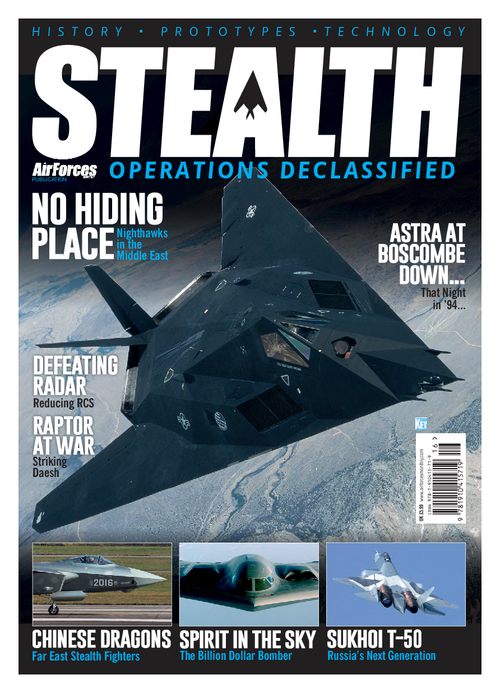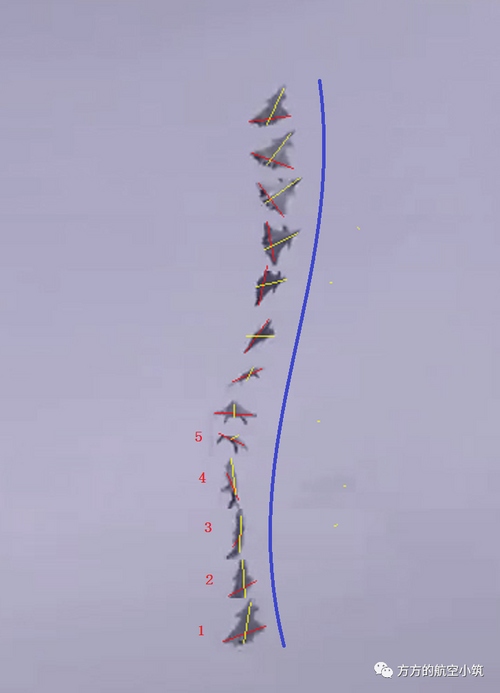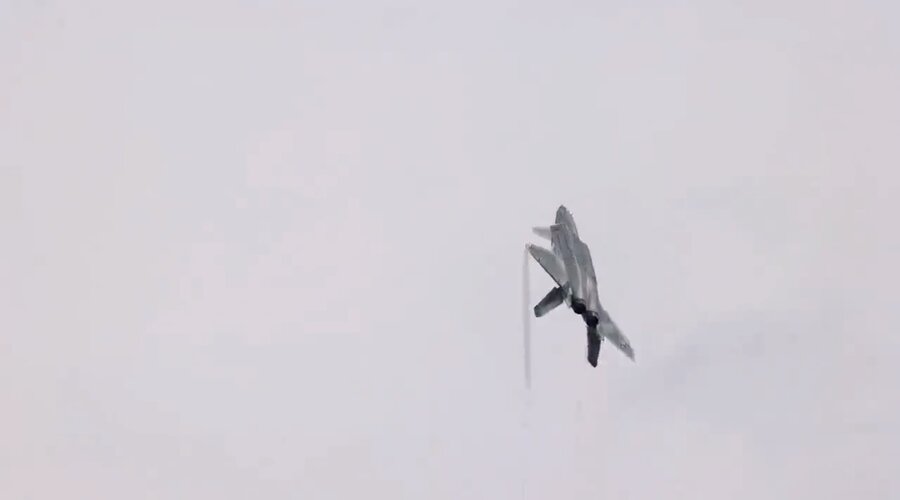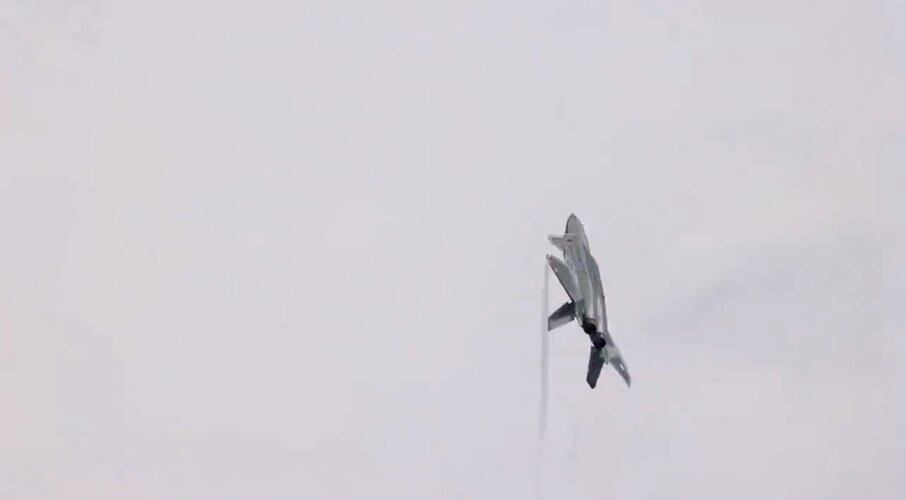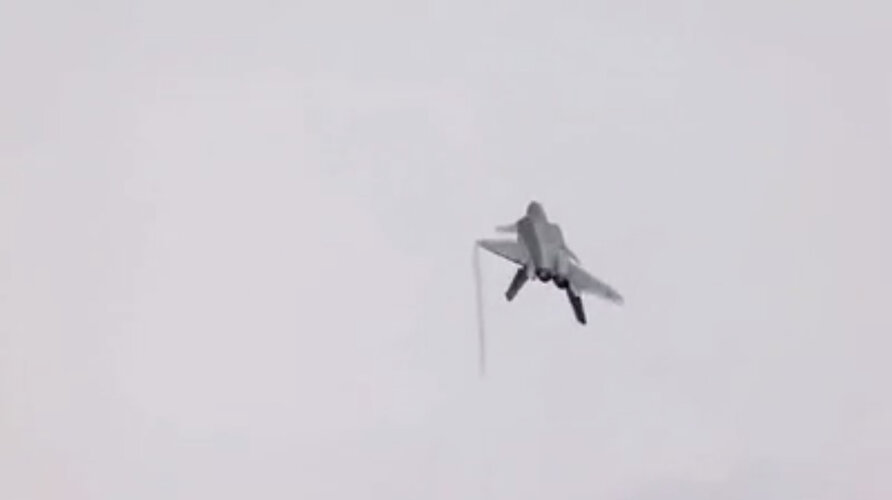flanker
ACCESS: Top Secret
- Joined
- 20 March 2008
- Messages
- 933
- Reaction score
- 256
From my understanding, it was far more involved by Kamov than just preliminary design study on Z-10. Y-20 absolutely had Antonov involvement, but not as detailed as Kamov's involment in Z-10. As to J-20, i am mostly joking there. There are some whispers, but they mostly boil down to speculation, there hasnt been concrete evidence or acknowledgment. None the less, i do think there are some parellels between MiG 1.44/1.42 and J-20, both in terms of the design by also the overall philosophy.

